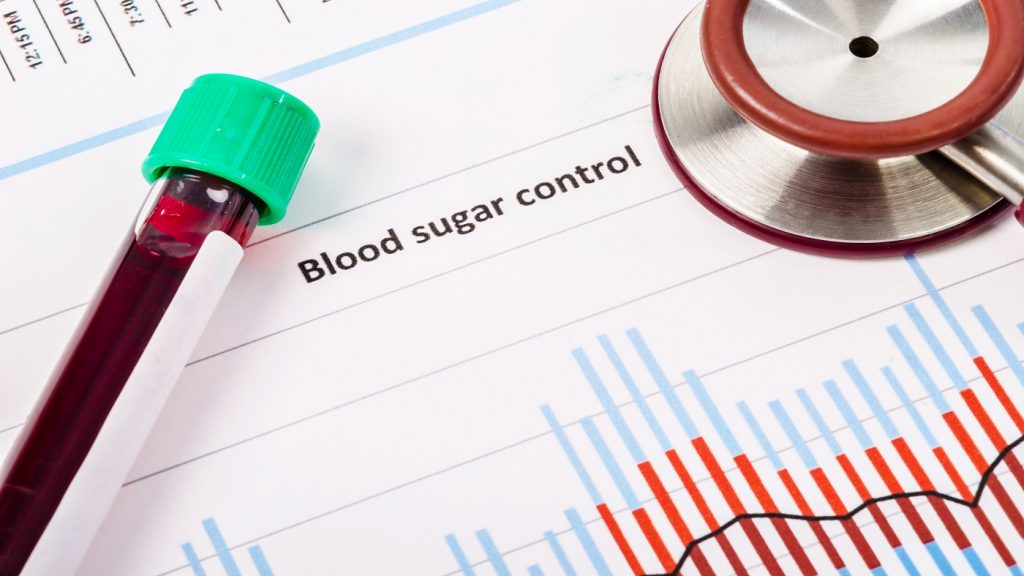There are many ways to manage blood sugar levels, but the fastest way to bring them down is by following a simple diet and exercise plan. By restricting your intake of processed foods, eating whole grains, and getting regular physical activity, and finally, you can take diabetes medications.
If you have high blood sugar, a condition also known as hyperglycemia, there’s too much sugar in your blood and not enough insulin in your body to lower it. You can buy medication from Glucofort.com.
In people with diabetes, hyperglycemia can be caused by things like eating too many carbohydrates, lack of physical activity, stress from an illness or infection, no diabetes medications (such as steroids for another condition), or skipping or not taking enough glucose-lowering medication
- Take Insulin
Taking insulin is the quickest way to lower your blood sugar and is the preferred method for treating hyperglycemia. In people with type 1 diabetes, taking rapid-acting insulin or receiving a dose through your automatic insulin pump is necessary. Some with type 2 diabetes may also require intermittent or continuous insulin therapy.
Subcutaneous (under the skin) insulin injection provides the quickest response because blood flow at the injection site accelerates insulin absorption.
Injecting it into the abdomen, arm, or deltoid is the most effective due to increased blood flow in these locations compared to other body areas like the buttocks and thigh.
However, be aware that factors like smoking, obesity, and low physical activity can decrease a person’s subcutaneous blood flow and slow down the absorption rate.4
Intramuscular injection may be more effective in rare cases of DKA or dehydration since the absorption rate is even higher.
The effectiveness, though, can be a drawback in cases of hyperglycemia because the insulin may be absorbed too readily and result in a drastic drop in blood sugar
- Exercise
Physical activity can help lower your blood sugar in the short and long term. While exercising, your body is better able to use insulin to take up glucose and use it for energy.
During muscle contractions, your cells take up glucose for energy and use it whether insulin is available or not, resulting in a lower blood sugar. This effect lasts for 24 hours or more after you’ve exercised.
There is no perfect formula for exercising to reduce your blood sugar. Everyone responds differently to exercise.
However, it’s generally understood that you’ll need to get your heart rate up and that longer duration of physical activity require more glucose for energy, which lowers your blood sugar.
To better understand how your body responds to exercise, do regular blood sugar checks before and after working out.
Record any differences in your blood glucose in between activities to see which ones are the most effective for lowering your blood sugar (such as fast-paced walking, water exercising, bicycling, etc.).
- Drink Water
Water is a critical component of diabetes management because it helps your body excrete glucose. Therefore, staying sufficiently hydrated is key to maintaining normal blood sugar levels.
In hyperglycemia, you need more water (or unsweetened fluids) than usual to help your kidneys flush the excess sugar from your body through urination.
Not drinking enough water leads to dehydration and can force your body to draw water from other sources like saliva and tears. Your body will also excrete sugar in urine, leading to further dehydration.
The Centers for Disease Control and Prevention says the daily fluid intake recommendation varies by factors such as age, sex, pregnancy, and breastfeeding status.
So how much water should you drink? It is generally accepted that most people need about four to six cups of water each day.
If you sweat during work or exercise, that fluid needs to be replaced so you should drink more. However, if you take medications that cause fluid-retention, you may need less. Ask your healthcare provider about the right amount of water needed to keep your blood sugar levels in the normal range.
- Take Missed Medication
If you have diabetes, your healthcare provider may prescribe insulin to help keep your blood sugar within the normal range. Missing these medications can result in hyperglycemia.
If you miss a dose of your diabetes medication, take it as soon as you remember, but don’t double-up by taking your missed medication too closely to your next scheduled dose. This can cause adverse reactions.
When in doubt, consult the guide on the packaging of the medication or look for its Food and Drug Administration medication guide. If you miss several doses, contact your practitioner to discuss the best course of action.
